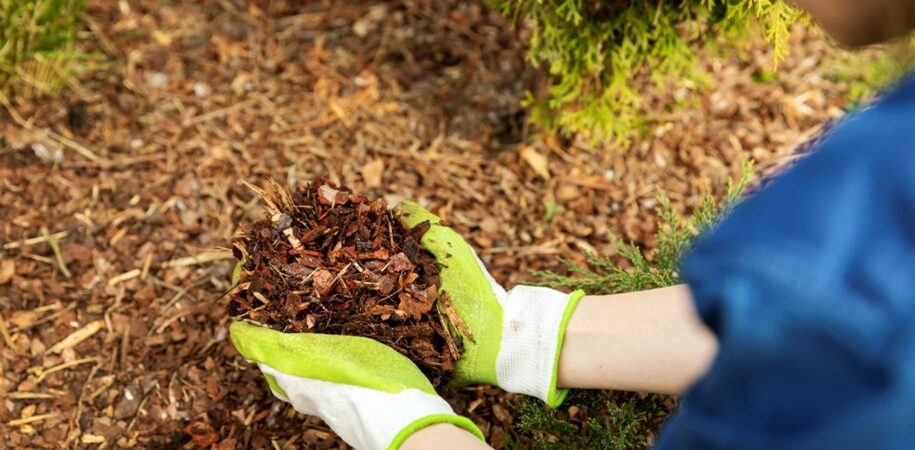Mulch is one of the most important components in landscaping. It provides more than just visual appeal—it plays a functional role in retaining soil moisture, suppressing weed growth, regulating temperature, and enriching the soil as it breaks down. Whether you’re planning a new garden bed or refreshing existing ones, selecting the right mulch in Johns Creek is essential for a successful and sustainable project.
With so many mulch options available, it’s important to evaluate your goals, environment, and budget to determine the most suitable type. Choosing correctly enhances plant health, reduces maintenance, and improves the overall appearance of your landscape.
Types of Mulch and Their Ideal Uses
Mulch comes in two main forms: organic and inorganic. Organic mulch includes bark, hardwood chips, pine straw, compost, and shredded leaves. These materials naturally decompose over time, returning nutrients to the soil and enhancing soil quality. They’re best suited for flower beds, shrubs, and garden borders where replenishing mulch every season is manageable and beneficial.
Inorganic mulch, such as gravel, stones, or rubber, does not break down and is ideal for pathways, play areas, or other locations that require durability and low maintenance. While these do not enrich the soil, they effectively prevent erosion and are more permanent solutions.
Appearance also plays a role in selection. For instance, dyed mulch in black or brown offers a clean, modern look, while pine bark provides a rustic, natural aesthetic. Make sure to match the mulch color and texture to your overall landscape design.
Understanding Application and Quantity
A key part of choosing the right mulch is knowing how much you need. A common mistake is either underapplying or overapplying, both of which can lead to poor performance. Applying too little won’t suppress weeds or retain moisture effectively, while too much can suffocate plant roots or attract pests.
For guidance, it’s helpful to explore how much mulch you need, which explains how to calculate volume based on your specific bed size and preferred mulch depth. Typically, 2–3 inches of mulch is recommended for flower beds and 3–4 inches around trees, making sure not to pile mulch directly against the trunk.
Applying the correct amount ensures you get the full functional benefits while keeping costs in check.
Balancing Quality and Cost
Cost-effectiveness doesn’t mean choosing the cheapest option—it means selecting a mulch that performs well over time with minimal replacement. The longevity, nutrient value, and aesthetic appeal of mulch all contribute to its overall value.
When choosing the most cost-effective mulch for your garden, consider how often the material will need to be replenished, how it impacts soil health, and whether it matches your landscape’s functional and visual goals. For example, hardwood mulch may last longer than pine straw and require fewer applications, making it more cost-effective in the long term.
Additionally, sourcing mulch from a trusted supplier ensures consistency in texture, color, and organic quality, which plays a big role in results.
Conclusion
Choosing the right mulch begins with clearly understanding your landscape’s needs and selecting a material that supports both form and function. Working with experienced mulch providers ensures you receive high-quality mulch suited to your specific project.
By accurately determining the amount needed and weighing long-term value over the initial price, you create a healthier landscape that thrives across seasons. The right mulch reduces labor, protects your plants, and enhances the beauty of your outdoor space—making it a smart and sustainable investment for any landscaping endeavor.


